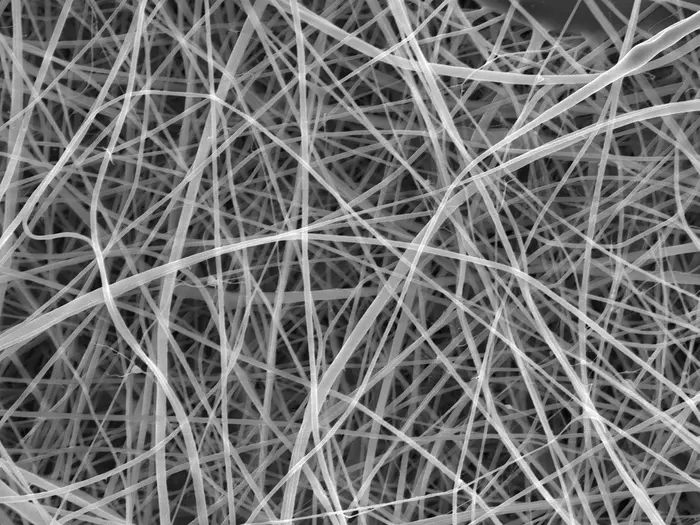What are fractals and how can they help us understand the world?


Fractal geometry is common in nature
Shutterstock/Sabine Hortebusch
You have almost certainly seen computer-generated fractals – beautiful, trippy images in which colourful, intricate structures repeat ad infinitum as you fall ever further down the rabbit hole. Formally speaking, fractals are infinitely complex patterns that are self-similar across different scales. But, in an echo of their geometry, fractals can help us better understand the world on many levels.
Let’s start with the familiar: fractals in nature. “They are all around us – in trees, mountain ranges, river deltas and so on,” says Dave Feldman at the College of the Atlantic in Bar Harbour, Maine. Such ubiquity makes sense because of the way fractals are made: “a simple iterative process – repeated folding or branching – can produce fractals”, he says.
These forms aren’t just for gawping at, though. The inside of your lungs is fractal for a reason: such arrangements cram a huge surface area into a small volume of space. This is how evolution solved the problem of maximising the area of tissue that can absorb oxygen.
Where fractals get baffling, however, is in the reasons they captivate mathematicians, not least as a playground for exploring numbers. This is where we encounter fractal dimensions. In our everyday world, a straight line is one-dimensional, a square or rectangle two-dimensional and a cube or sphere three-dimensional. But fractal structures have dimensions in between these values. Though largely impossible to visualise, you can think of these as a measure of how much complexity a fractal contains…
Read the original article here






